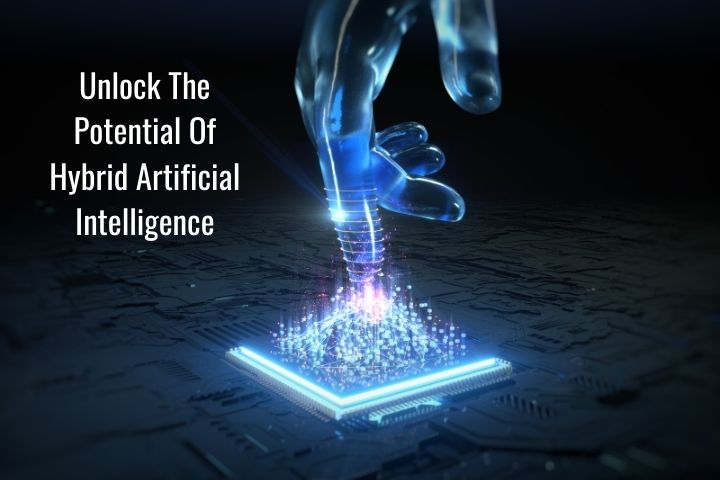Unlock The Potential Of Hybrid Artificial Intelligence

New artificial intelligence (AI) software will help create more competitive sensor systems. Hybrid artificial intelligence helps robotics and other automation.
Artificial intelligence (AI) platforms will lead to breakthrough business innovations, from manufacturing to consumers. In addition to the capabilities of today’s software, AI is a combination of several concepts that can align with each other and produce better results. It is essential to look at the widespread and complex problems that artificial intelligence can solve successfully.
AI tools have evolved to include knowledge systems, fuzzy logic, automated learning, neural networks, ambient intelligence, and genetic algorithms in the industrial sector. The performance and affordability of computing systems have expanded the capabilities of AI sensor applications.
Hybrid tools can also play a bigger role. Other AI technology advances that will impact sensor systems include data mining, multi-agent systems, and distributed self-organizing systems.
Hybrid AI systems
The tools and methods used by hybrid artificial intelligence have minimal computational complexity and can be implemented on small assembly lines, individual robots, or systems with simple microcontrollers. These approaches use ambient intelligence and combine different artificial intelligence tools to make the most of each technology; they include a more advanced framework compared to traditional artificial intelligence mechanisms.
Hybrid artificial intelligence systems that use elements of different artificial intelligence methods can have more strengths and fewer weaknesses. An example is a neuro-fuzzy system, which combines the indefinite processing of fuzzy systems with the power of artificial neural networks.
Hybrid AI can help with automation, manufacturing, and robotics, including welding programming. The current system consists of two software systems working in series, which create viable programs for the robot, thus helping to increase efficiency. The first system, the so-called CAD (Computer-Aided Design) model interpreter, accepts the CAD model and determines the required welds. This data is sent to the program generator, which reorients the required welds according to the actual physical orientation of the panel.
The program generator sequentially sends programs to the robot (usually one program per welding line). At this time, the communication method is the standard Transmission Control Protocol / Internet Protocol (TCP / IP), and all outgoing programs can be displayed as text files. Other software systems could be integrated into the existing system at the moment the robot programs are sent to the robotic system.
Industrial artificial intelligence tools include knowledge systems, fuzzy logic, automated learning, neural networks, ambient intelligence, and genetic algorithms. Image courtesy of L&T Technology Services
Combining sensor and logic systems
Artificial intelligence reduces costs and saves time in most applications. Machines read data from real objects and, by layering subsequent layers, create an object model from a series of cross-sections. Researchers are combining sensor systems and some powerful new technologies; the result is, for example, lower energy consumption, lower space requirements, and time savings, together with higher performance at lower costs.
AI can streamline communication, reduce errors, and extend sensor life.
Over the last decade, the industry has explored various opportunities to move toward the development and use of hybrid intelligent control systems across different operations that are capable of using multiple AI methods. Due to the relative lack of familiarity and technical barriers associated with using these tools, it may take another decade for technicians to recognize the benefits, but this area is of growing interest.
Hybrid artificial intelligence systems can bring long-term sustainable business benefits throughout the industry value chain. The company’s management must use best-in-class solutions to transform older systems into modern models.
Also Read : What Is “Experience-Based Robotics” That Realizes Intelligent Robots?


